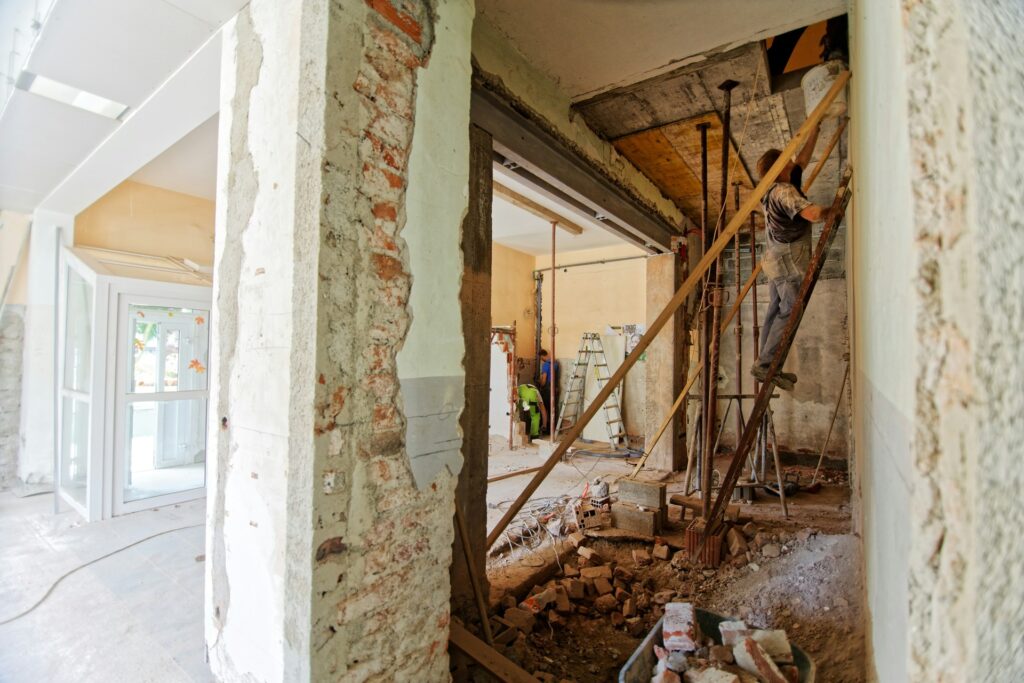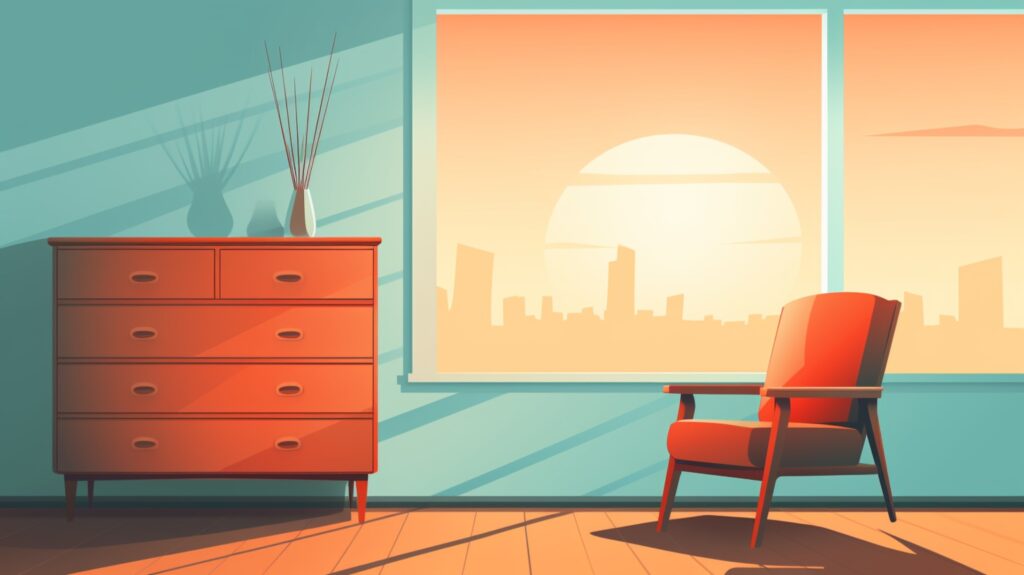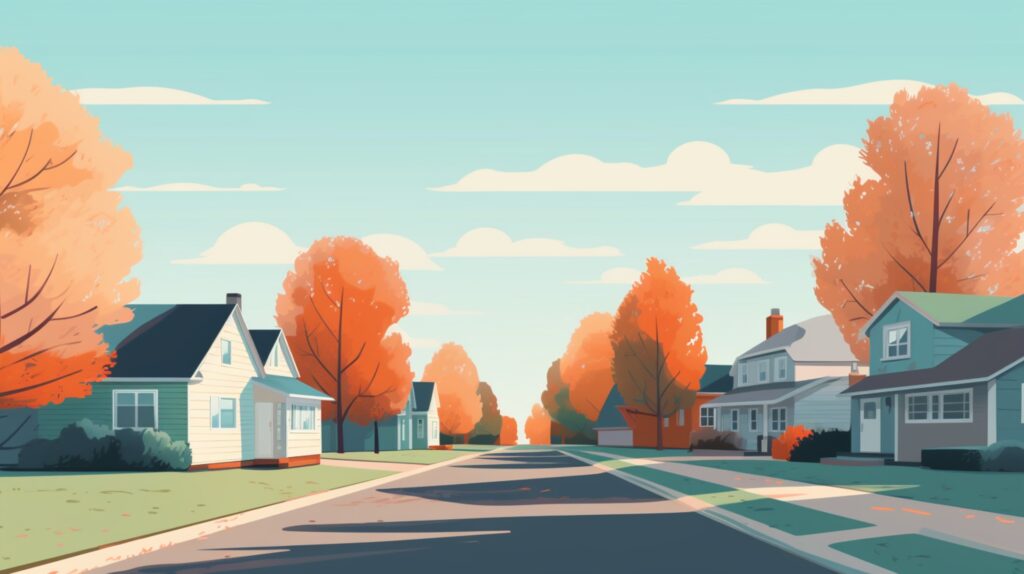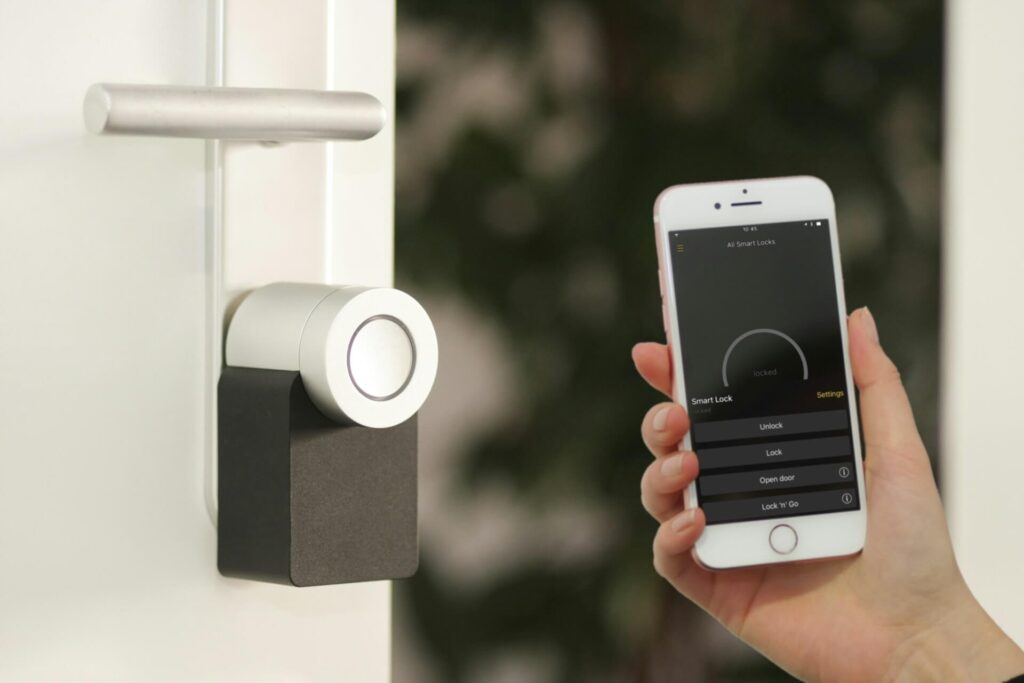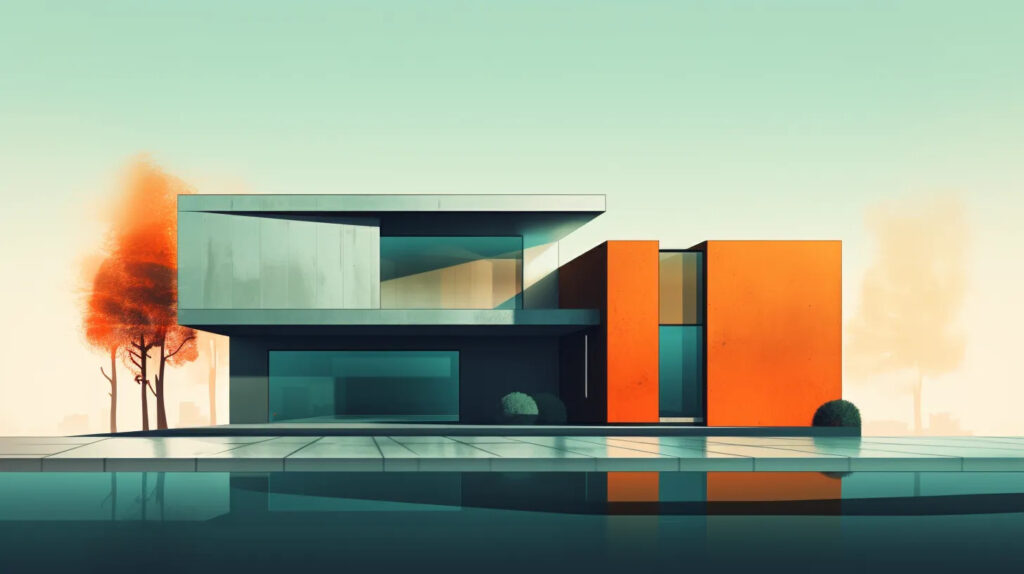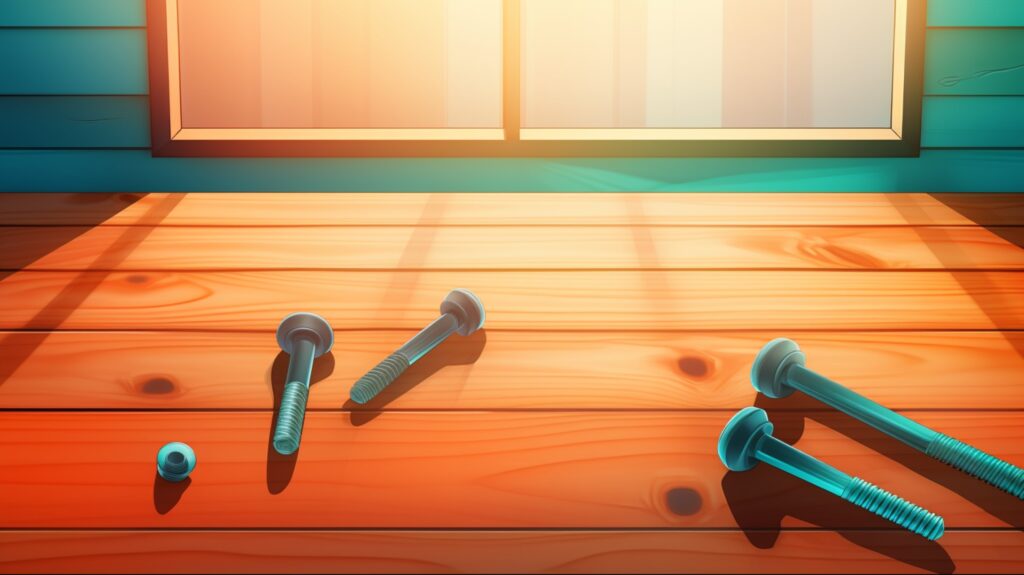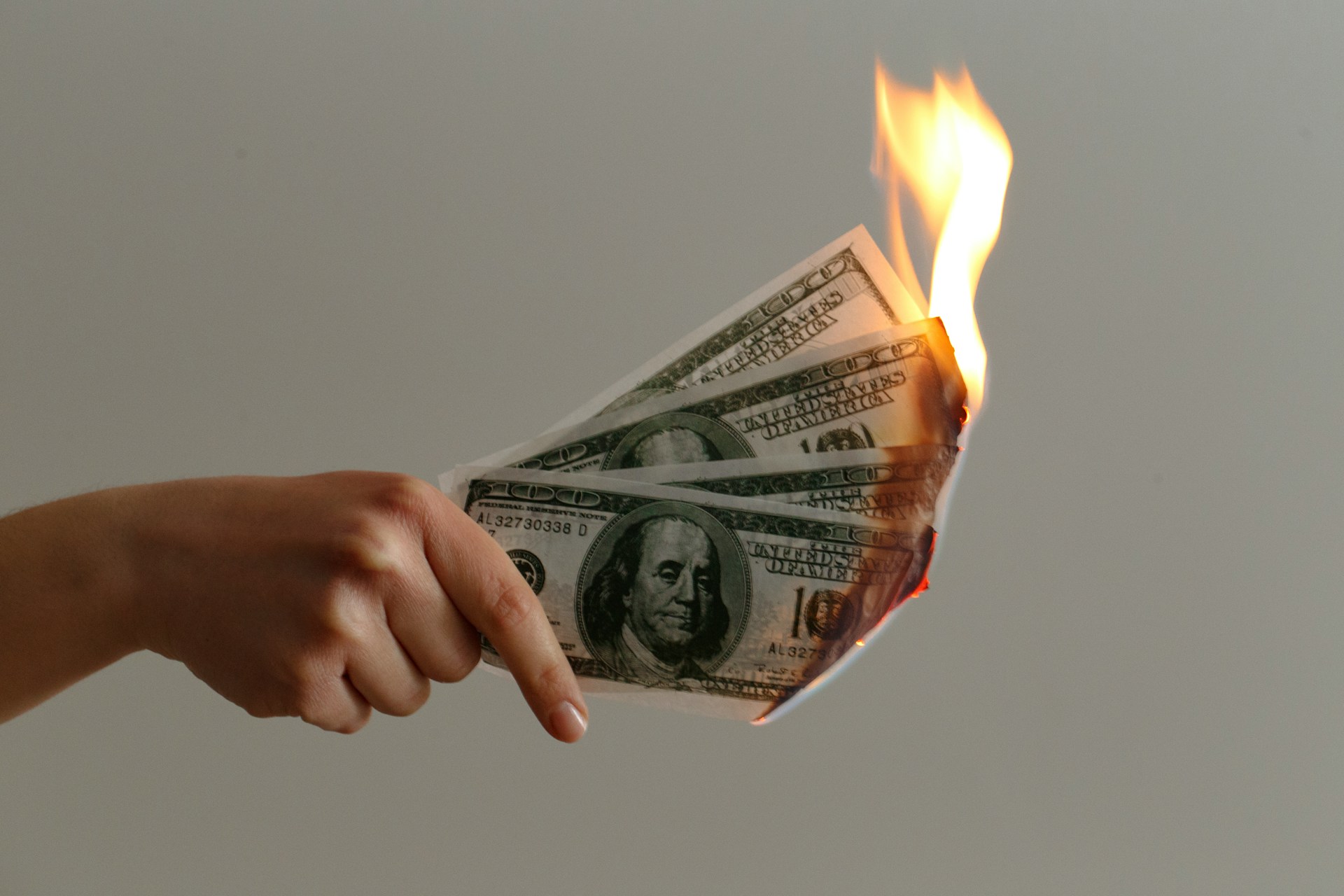
We are reader-supported. When you buy through links on our site, we may earn an affiliate commission.
Plenty of people watch a show on HGTV and think, “I could do that.” Unfortunately, the reality is much different. If the potential for a huge payout after a quick flip tempts you, take a moment to review the risks. You’ll reconsider your stance once you learn why flipping houses is a bad idea.
House Flipping Isn’t Worth the Risk
Home prices drastically increased in recent years. To many people, it presents a unique opportunity — they’ve realized they might be able to make tens of thousands of dollars with minimal effort. Unfortunately, flipping houses isn’t as straightforward as HGTV makes it seem.
Buying, renovating, selling and closing on a residential property takes months of work. In other words, people who work full-time need to hire contractors. Even with third parties doing most of the hands-on work, the whole process can be draining. More importantly, it gets expensive.

In house flipping, the 70% rule states you should only pay 70% of a property’s after-repair value minus renovation expenses. Basically, if you think you could get $350,000 out of a house after spending $50,000 on repairs, you’d only want to pay $195,000 for it. This way, you know you’ll walk away with roughly $105,000 — at least in theory.
In reality, you’re more likely to net a 10% profit than 30%. If you’re inexperienced with construction, property management and real estate listing, you might earn even less. While a huge payout is tempting, you’ll reconsider once you learn why flipping houses is a bad idea.
Can You Make Money Flipping Houses?
The cost of flipping houses is probably higher than you think, making it a risky investment.
Buying
Inspections are an essential part of buying property. After all, you want to ensure you get what you pay for. While it typically costs $340 to inspect a property, you could spend hundreds of dollars more depending on its size and condition.
Aside from the actual purchase cost, you must also consider how much financing would be. While a successful sale means you can pay off any loans you took out to buy the property, you’d undoubtedly have to pay interest.
Repairing
The cost of flipping houses depends on style, size and condition. Before renovating, you must update outdated fixtures and repair any cosmetic or structural damage. While this upkeep is necessary, it won’t exactly wow buyers and result in a drastically higher value.
Renovating
Renovations contribute significantly to the cost of flipping houses. In the United States, a renovation costs roughly $47,900 on average. Depending on the style and size of the property, you could easily spend six figures — you can see why flipping houses is a bad idea.
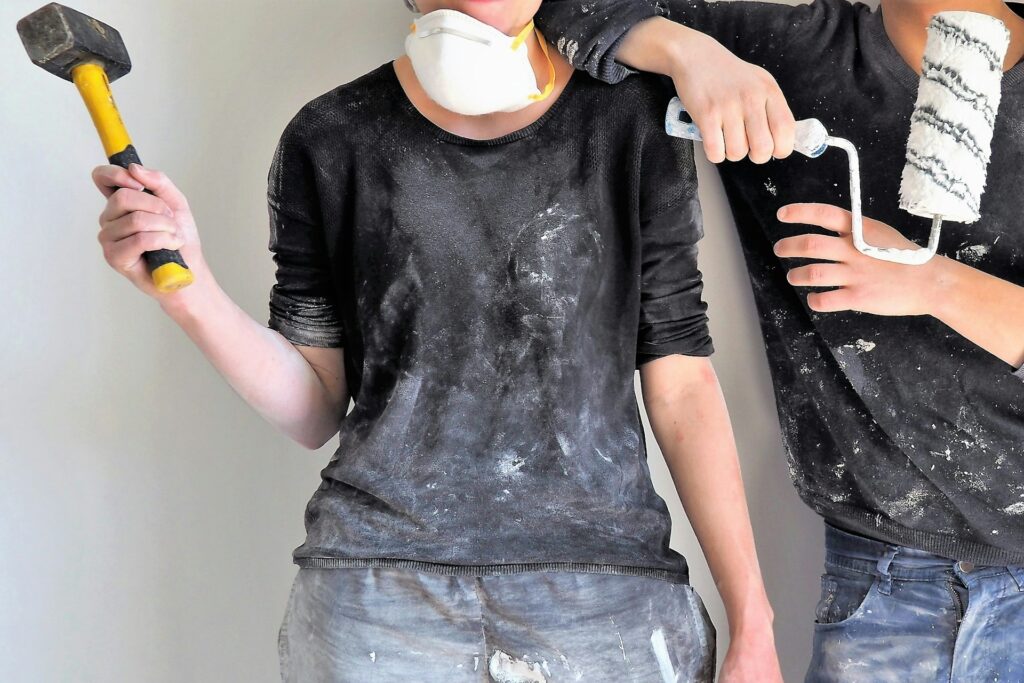
Staging
Most flippers stage their properties to minimize their time on the market. In fact, staged houses can sell 88% sooner than non-staged ones. Unfortunately, leasing furniture and buying decorations can cost thousands of dollars monthly.
Holding
Many flippers don’t consider holding costs. You must pay for property insurance, HOA dues, utilities and property taxes when you own a house. If the listing sits on the market for longer than you expected or you find hidden damage during renovations, you end up spending more.
Closing
Closing is another big contributor to the cost of flipping houses. You have to pay for title insurance, transfer taxes, your share of broker fees and county recording fees. It might not seem like much, but it can be a big hit if you don’t expect it.
What Are the Risks of Flipping Houses?
Have you ever seen a show on HGTV where the flippers find something unexpected and it threatens the entire flip? It happens more often than you’d think. Whether there’s water damage in the attic or a termite infestation in the walls, hidden surprises can be incredibly costly.
Even if you don’t find unexpected damage, your property may still be in a worse state than you first assumed. In the United States, houses are over four decades old on average — meaning the chances of existing electrical, plumbing and HVAC issues are higher than you’d think.
If you skip inspections or buy sight unseen and wind up with unexpected or hidden damage, you end up overpaying for the property. Then, on top of spending tens of thousands of dollars over what it’s worth, you ultimately have to sink even more money into repairs.
Many flippers hire third parties to speed things up and increase their return on investment. Unfortunately, plenty of bad subcontractors exist — it’s one of the biggest risks of flipping houses. Your entire investment would be at risk if they did a horrible job or skipped out on you.
Even if everything goes well, all your efforts could be in vain. Being the most expensive home on the street is another one of the biggest risks of flipping houses. At best, it cheapens the curb appeal. At worst, it puts off prospective buyers and lowers the property’s value.
Why Flipping Houses Is a Bad Idea
House flipping isn’t always as glamorous as it looks on HGTV. Here are six reasons why flipping houses is a bad idea — and how it could impact you financially.
- It Doesn’t Provide a Steady Income
While your first flip could net tens of thousands of dollars, your next could wipe your savings — it’s one of the reasons why flipping houses is a bad idea. This work doesn’t provide a steady income. Even though the payouts are huge, reliability isn’t a guarantee.
- The Market Could Crash Soon
Pouring thousands of dollars into repairs and renovations only to see house prices plummet across the board could be devastating. Unusually high interest rates and low property availability signal a housing market crash might be inevitable — meaning you could lose big.
- The Payout Might Not Be Worth It
Renovations cost tens of thousands of dollars on average. Add in the other expenses — buying, staging, holding, closing and labor costs — and your net earnings could be next to nothing. Months of effort for minimal pay might not be worth it.
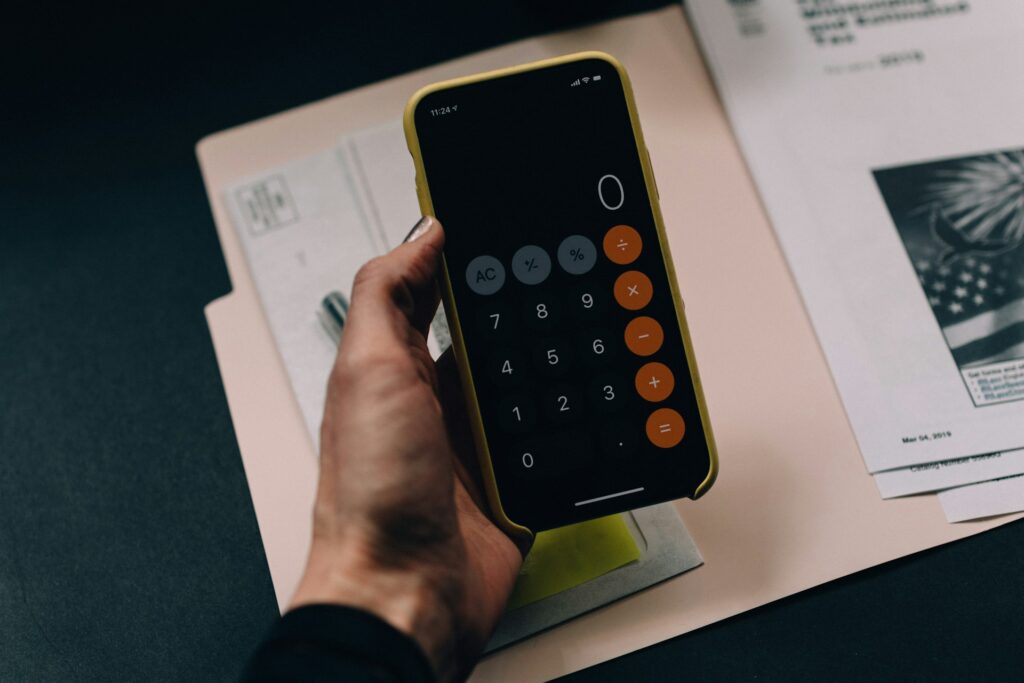
- It Requires a Ton of Experience
A contractor’s license can take years to get because it involves exams, programs, on-the-job experience and background checks. If you don’t have time for that, you’d need to hire help — which can get expensive quickly. It’s another reason why flipping houses is a bad idea.
- You Can’t Have Too Much Debt
Most people have to take out a loan to be able to afford the cost of flipping. If you have too much debt, you might be unable to get one. Even if you can secure one, the undoubtedly high interest rates would hurt financially if the property sits on the market for too long.
- The Payout Could Take Months
In 2023, the sell rate for houses was the lowest since 2010. According to that figure, listed homes would take 3.6 months to sell on average in 2024. Could you afford to pay staging, holding and financing expenses while it sits on the market for four months?
What Can You Do Instead of Flipping Houses?
If you think you can handle the risks and afford the expenses, there’s nothing stopping you from flipping houses. Still, you should think about all of the reasons why flipping houses is a bad idea before committing to anything. If anything, you should consider flipping a rental property instead. This way, you can earn passive income and know what to expect.



